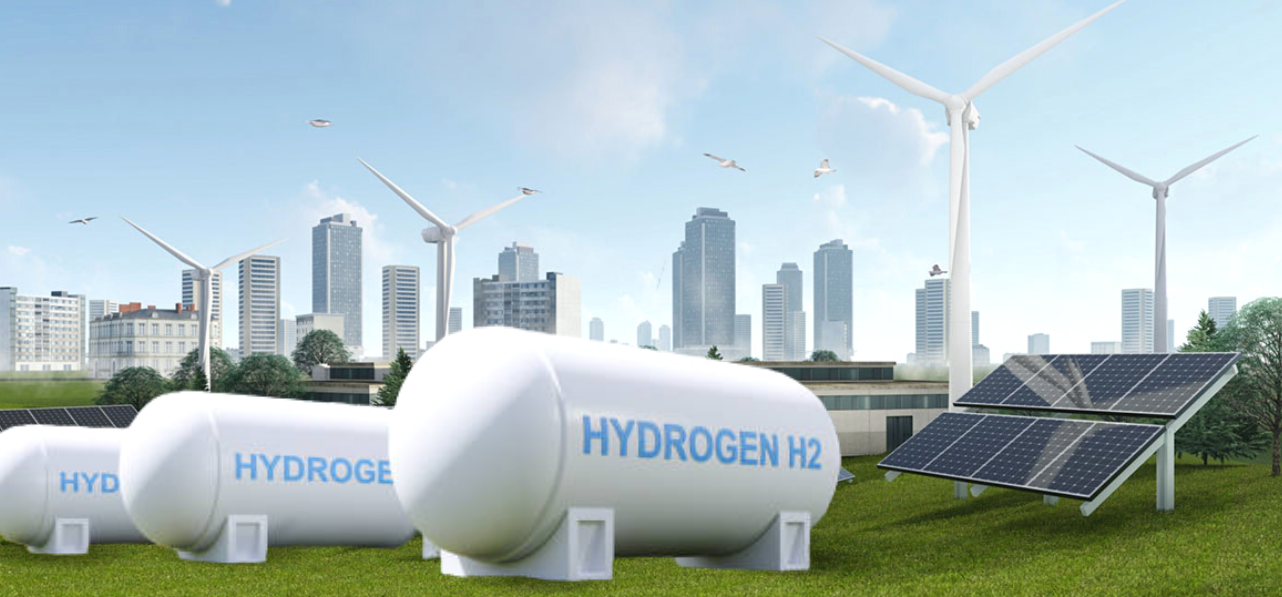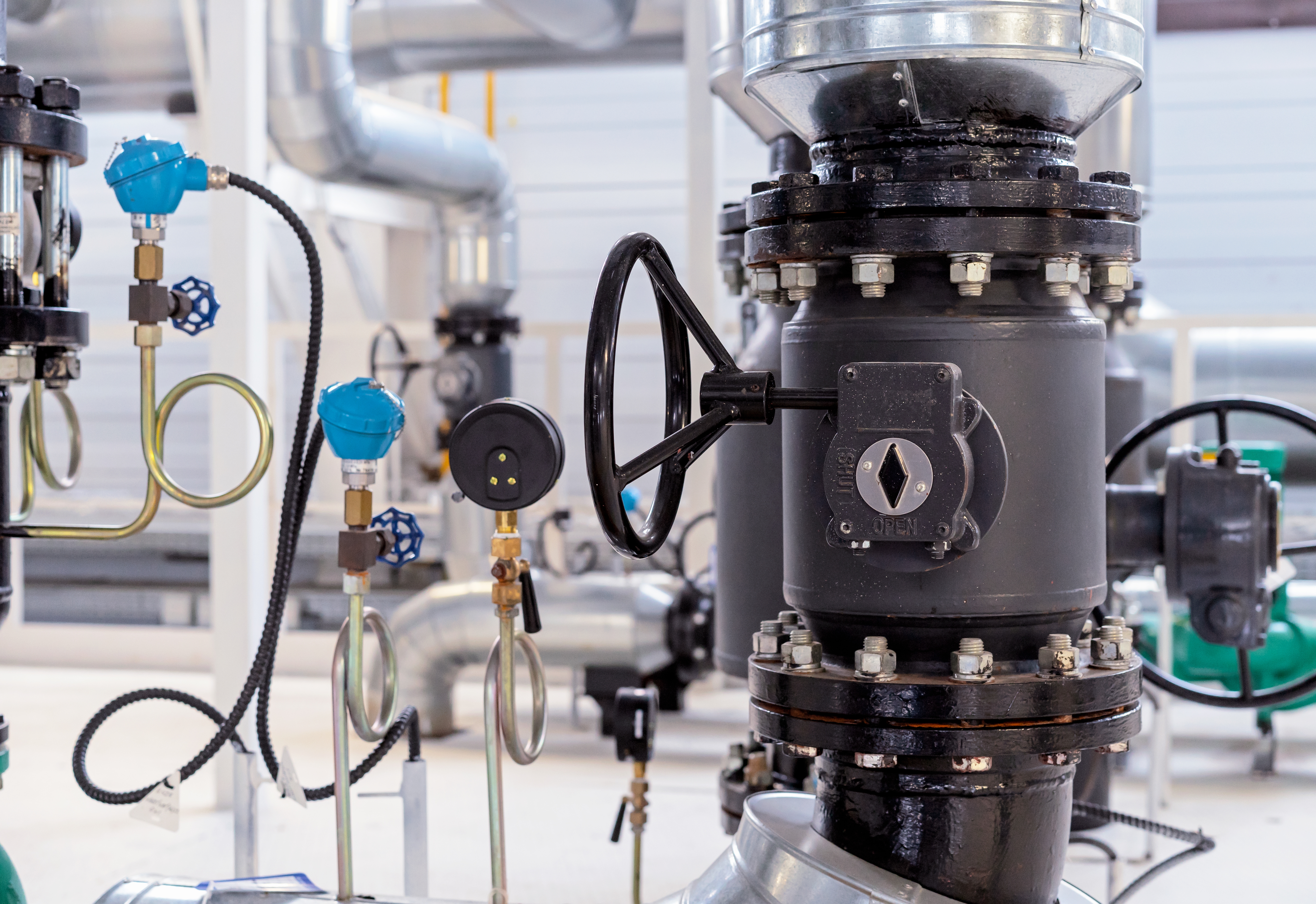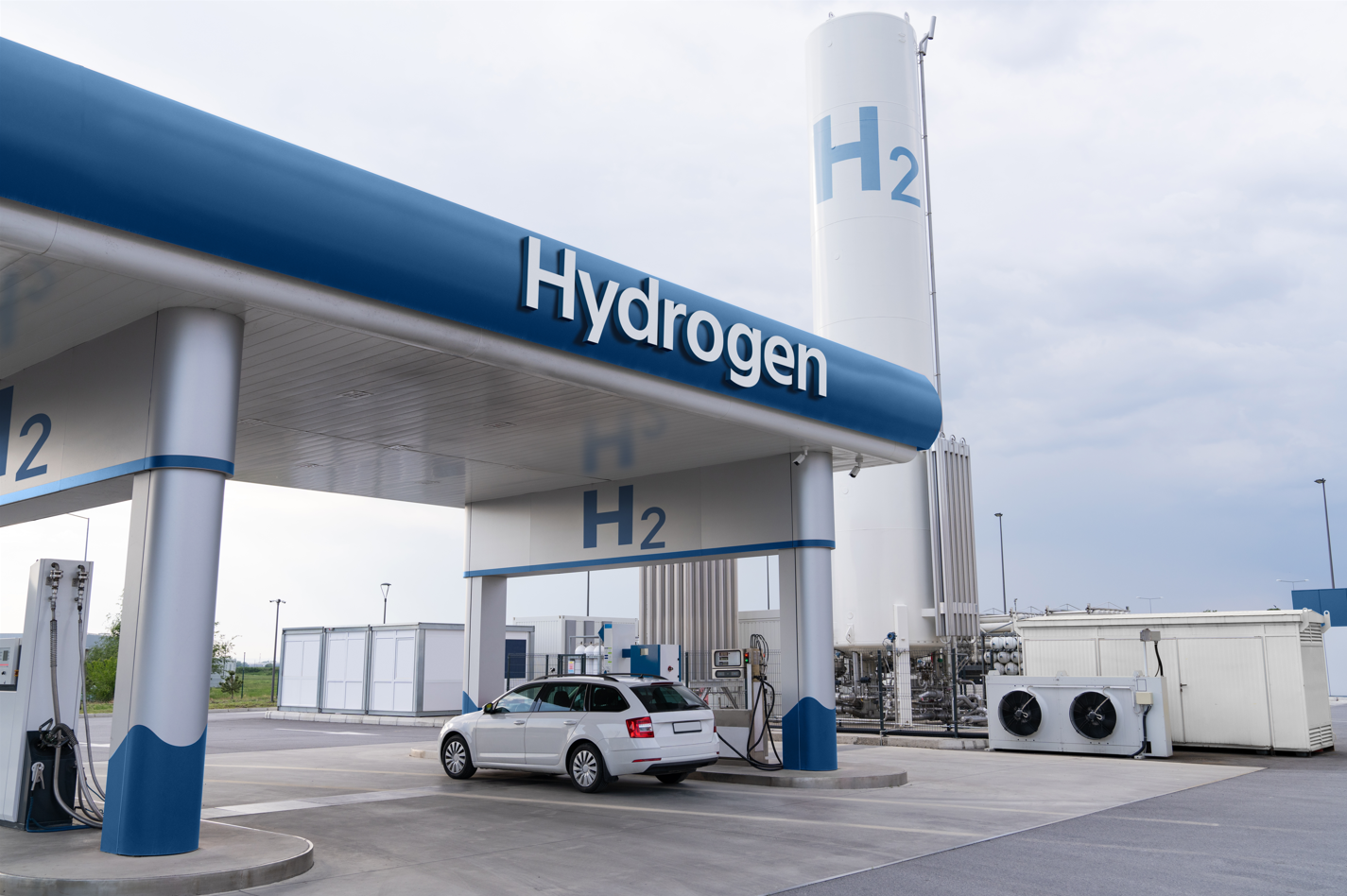Featured Articles
2022-11-04
Get involved in electrolyzer technology to augment the power of automakers in the ecological chain
 Hyundai Motor claims that the use of alkaline electrolytes to electrolyze water can produce hydrogen on a large scale, and the catalyst used also has the advantage of being relatively cheap.
Hyundai Motor claims that the use of alkaline electrolytes to electrolyze water can produce hydrogen on a large scale, and the catalyst used also has the advantage of being relatively cheap.For Hyundai Motor, it has roughly possessed a variety of technical capabilities, making all models of vehicles can use hydrogen fuel cells and have quite good performance. The hardware and software technology of the car body is in place, but the bottleneck is stuck in the supply and economy of hydrogen. However, relying on the maturation of the hydrogen supply chain will take a long and unpredictable time. Although hydrogen fuel is often attacked as a secondary energy source, resulting in low efficiency, it is also because of this property that hydrogen fuel is more mobile and convenient to obtain. Therefore, if the depot can master the hydrogen production equipment, it will provide a more complete solution, expand the scope of application, strive for potential customers, and thus encourage the market acceptance of hydrogen vehicles.
The commercial acquisition of hydrogen was originally through electrolyzer technology, which existed in the 1920s, and was not used until the 1960s to use steam to strip hydrogen from natural gas. However, in order to decarbonize, this emission-causing technology can no longer be used, so the electrolyzer has gained renewed attention. According to Bloomberg's research on clean energy projects, global electrolyzer sales in terms of power consumed have grown significantly, from 200 MW in 2020 to 458 MW in 2021.
Based on the direction of this situation, Hyundai Motor and Kia announced in July 2021 that they will cooperate with Canada Next Hydrogen to develop alkaline water electrolysis systems and related stacking. There are roughly three basic reaction materials on the electrolytic cell, alkaline, proton exchange membrane (PEM) and solid oxide, each with different advantages and disadvantages. New technologies are also in full swing, trying to reduce the use of expensive catalysts such as iridium and to find better ways to replace the manufacturing methods that have hitherto been heavily assembled by hand. Hyundai Motor claims that in alkaline water electrolysis, the use of alkaline electrolytes to electrolyze water can produce hydrogen on a large scale, and the catalyst used also has the advantage of being relatively cheap. The aim of the tripartite collaboration is to further develop the stacking-related technologies at the core of the alkaline water electrolysis system, thereby increasing energy density and thus reducing the cost of manufacturing, maintaining and operating the system.
Hydrogen fuel cells combine hydrogen and oxygen into water when generating power, and electrolyzers are the opposite, and there should be something that can be shared technically, which is where the three parties can complement each other. With the strong demand for clean energy, electrolyzers are widely used, and even their market potential is considered to be no less than fuel cells. For example, solar power plants and wind farms can use the remaining electricity to use on electrolyzers, and the efficiency of storing hydrogen fuel will be better than the lithium batteries used today; Petrochemical companies need hydrogen for their refineries, which helps reduce the sulfur content of the fuel. Based on the electrolyzer customers can cross many industries, so that the hydrogen supply sources are diversified, which has a positive impact on the popularity of hydrogen energy vehicles, and also lays the groundwork for the car factory to enter the electrolyzer business. Hyundai has proven the direction of this trend with actions.
References
The commercial acquisition of hydrogen was originally through electrolyzer technology, which existed in the 1920s, and was not used until the 1960s to use steam to strip hydrogen from natural gas. However, in order to decarbonize, this emission-causing technology can no longer be used, so the electrolyzer has gained renewed attention. According to Bloomberg's research on clean energy projects, global electrolyzer sales in terms of power consumed have grown significantly, from 200 MW in 2020 to 458 MW in 2021.
Based on the direction of this situation, Hyundai Motor and Kia announced in July 2021 that they will cooperate with Canada Next Hydrogen to develop alkaline water electrolysis systems and related stacking. There are roughly three basic reaction materials on the electrolytic cell, alkaline, proton exchange membrane (PEM) and solid oxide, each with different advantages and disadvantages. New technologies are also in full swing, trying to reduce the use of expensive catalysts such as iridium and to find better ways to replace the manufacturing methods that have hitherto been heavily assembled by hand. Hyundai Motor claims that in alkaline water electrolysis, the use of alkaline electrolytes to electrolyze water can produce hydrogen on a large scale, and the catalyst used also has the advantage of being relatively cheap. The aim of the tripartite collaboration is to further develop the stacking-related technologies at the core of the alkaline water electrolysis system, thereby increasing energy density and thus reducing the cost of manufacturing, maintaining and operating the system.
Hydrogen fuel cells combine hydrogen and oxygen into water when generating power, and electrolyzers are the opposite, and there should be something that can be shared technically, which is where the three parties can complement each other. With the strong demand for clean energy, electrolyzers are widely used, and even their market potential is considered to be no less than fuel cells. For example, solar power plants and wind farms can use the remaining electricity to use on electrolyzers, and the efficiency of storing hydrogen fuel will be better than the lithium batteries used today; Petrochemical companies need hydrogen for their refineries, which helps reduce the sulfur content of the fuel. Based on the electrolyzer customers can cross many industries, so that the hydrogen supply sources are diversified, which has a positive impact on the popularity of hydrogen energy vehicles, and also lays the groundwork for the car factory to enter the electrolyzer business. Hyundai has proven the direction of this trend with actions.
References
-
2022-04-02, 騰訊網, 引領未來氫能社會轉型——現代汽車走出了“韓國經驗”
-
2022-07-22, Hydrogen Central, A Green Hydrogen Economy Depends on This Little-Known Machine
-
2021-09-07, Hyundai Motor, Press release, Hyundai Motor Group presents its vision to popularize Hydrogen by 2040 at Hydrogen Wave Forum
- 2021-09-06, CNET, Antuan Goodwin, Hyundai's Fuel Cell Trailer Drone is the future of trucking, minus the trucks
- 2021-09-07, Hyundai Motor, Press release, Vision FK, the world’s first high-performance eco-friendly hydrogen electric vehicle



